|
Potassium is a significant body mineral important to both cellular and electrical function of the body. It is one of the main blood minerals called: electrolytes (the others: sodium and chloride) which means that it carries a tiny electrical charge through the body.
It is important for a healthy NERVOUS SYSTEM and a regular HEART RHYTHM. It also: Helps prevent stroke
A high intake of potassium protects several body systems:
Signs of deficiency include:
High amounts are found in:
Caffeine reduces potassium absorption. **Note: this post is not meant to diagnose, treat or cure any illnesses. It is for informational purposes only. Always read and follow the labels when taking supplements and always consult a healthcare professional.
0 Comments
Sodium has received a bad reputation since the rise in cholesterol. But our bodies do need some amount of sodium in the body as it is the primary positive ion found the blood and body fluids and is found in every cell in the body. It is necessary for maintaining proper pH balance in the blood and is needed for stomach, nerve and muscle function. Although deficiency is rare, it can happen and is most likely to affect people who take diuretics for high blood pressure especially if they simultaneously adhere to a low sodium diet.
Some experts say 20% of elderly people who take diuretics may be deficient in SODIUM In cases like fibromyalgia, studies show moderate amounts of sodium are needed in natural SEA SALT form. Sea salt is the most natural form of sodium and when choosing a salt to add to your food, this is the best choice Deficiency symptoms include:
Excessive intake can result in:
A proper balance of sodium and potassium is necessary for good health. If you sweat excessively you will need to replenish sodium intake. **Note: this post is not meant to diagnose, treat or cure any illnesses. It is for informational purposes only. Always read and follow the labels when taking supplements and always consult a healthcare professional. Magnesium is an important essential macro-mineral that only makes up 0.05% of our body weight but is involved in several hundred enzymatic reactions which contribute to many bodily functions.
Sources:
Consumption of alcohol, use of diuretics, diarrhea, the presence of fluoride and high levels of zinc and vitamin D all increase the need for magnesium. Consumption of fats, calcium and D and proteins decrease magnesium absorption as do foods high in OXALIC ADID- such as almonds, chard, cocoa, rhubarb, spinach and tea. **Note: this post is not meant to diagnose, treat or cure any illnesses. It is for informational purposes only. Always read and follow the labels when taking supplements and always consult a healthcare professional. Minerals are what remain as ash when plant or animal tissues are burned or decompose completely after death. Minerals are present in tissue protein, enzymes, blood and some vitamins and so much more. We are going to go through some of the Macro-minerals calcium, magnesium, sodium, phosphorus, and potassium. Then we will go into micro minerals: iron, silicon, selenium, zinc. Then we will finish off the month with Antioxidants/free radicals and raw foods vs cooked foods.
Let’s start with Calcium since that is a hot topic. With all the dairy allergies today, the concern about calcium intake is on the rise. If we can’t drink milk or consume dairy, where are we going to get our calcium? Calcium Facts and myths
Fact: this depends on whether you have changed your diet appropriately to improve your calcium absorption as stated above. Calcium supplements and absorption rates:
Milk as a source of calcium
Nuts and seeds (1 cup portions)
Nut milks
Vegetable (1/2 cup portions)
**Note: this post is not meant to diagnose, treat or cure any illnesses. It is for informational purposes only. Always read and follow the labels when taking supplements and always consult a healthcare professional. Many people have heard of CoQ10 if they have looked in any supplement store. CoQ 10 is a vitamin-like substance found in all parts of the body which actions resemble that of vitamin E, that is it is a very powerful ANTIOXIDANT.
It is also referred to as: UBIQUINONE There are 10 substances designated coenzyme Q’s but CoQ10 is the ONLY one found in the human tissues. It plays a role in:
Another study in JAPAN indicated that CoQ10 was able to lower high blood pressure without medication or dietary changes It is also used to fight cardiovascular disease and was effective in reducing mortality in experimental animals afflicted with TUMORS and LUKEMIA. Some doctors give patients CoQ10 to cancer patients to reduce the side effects of cancer chemotherapy. More than 12 million people in Japan are reportedly taking CoQ10 as directed by their physicians for treatment of heart disease as it strengthens the heart muscle and blood pressure management as well as enhances immune function. Also protects stomach lining and duodenum and meal help heal duodenal ulcers. Sources:
CoQ10 is best absorbed when taken with oily or fatty foods such as fish. **Note: this post is not meant to diagnose, treat or cure any illnesses. It is for informational purposes only. Always read and follow the labels when taking supplements and always consult a healthcare professional. The newest of the B vitamins, was discovered for the first time in 1998, it has several unique connections to fat, and its name reflects that chole = bile in Greek. Bile is the liver’s unique fluid for processing fat.
Choline is also important for the proper transmission of nerve pulses from the brain through the central nervous system as well as gallbladder regulation, liver function and lecithin formation. Lecithin: type of lipid needed by every living cell of the body. The cell membranes, which regulate passage of nutrients in and out of cells are mainly composed of LECITHIN. Choline also aids in hormone production and minimizes excess fat in the liver by assisting in fat and cholesterol metabolism A lack of choline will result in brain function and memory impairment as well as produce symptoms such as:
Sources:
**Note: this post is not meant to diagnose, treat or cure any illnesses. It is for informational purposes only. Always read and follow the labels when taking supplements and always consult a healthcare professional. A newly designated B Vitamin, it was discovered by the deficiency symptoms created through consuming large amounts of RAW EGGS. Avidin which is a protein and carbohydrate molecule in the egg white, binds with biotin in the stomach, decreasing its absorption.
Biotin functions:
Sources:
Antibiotics, sulfa drugs and saccharin also threaten the availability of Biotin **Note: this post is not meant to diagnose, treat or cure any illnesses. It is for informational purposes only. Always read and follow the labels when taking supplements and always consult a healthcare professional. Of all the B vitamins, methylcobalamin is the most chemically complex. Cobalamins is the general name of the essential compound. Cobalamins are similar to hemoglobin in the blood except that instead of iron they contain COBALT. There are many forms of B12 but the most effective is methylcobalamin, the most common form is cyanocobalamin which is much easier to manufacture and less expensive.
The inexpensive form is harder for the body to absorb and the small amount that is absorbed has trouble finding its way to the cells where it can perform accordingly. B12 is converted in small amounts in the liver into cyanocobalamin into methylcobalamin, but larger amounts are needed to receive the benefits from supplementation. B12 is active in growth and production of the nervous system. A Danish study of daily supplementation of 6mg daily appeared to be sufficient enough to correct deficiencies in woman ages 41-75 years. Parkinson’s disease may be prevented and the progression may be slowed down when methylcobalamin form is supplemented because it protects against neural toxicity caused by L-dopa, a probable cause of the disease. A study conducted by the Journal of Neurological science done in 1994 suggest that methylcobalamin form of B12 could increase the synthesis of certain proteins that help regenerate nerves. The study showed that high doses produced nerve regeneration in rats. B12 is converted homocysteine into methionine which is used to build proteins as well as plays a role in protein synthesis necessary for cardiovascular disease. Other roles of B12 are:
Sources:
NOTE: Antigout medications, anticoagulant and potassium supplementation block absorption of B12 in digestive tract. **Note: this post is not meant to diagnose, treat or cure any illnesses. It is for informational purposes only. Always read and follow the labels when taking supplements and always consult a healthcare professional. Pyridoxine is involved in more bodily functions than any other single nutrient affecting both physical and mental health. It is beneficial if you suffer from water retention and is necessary for the production of HCL (Hydrochloric Acid) and for the metabolism of fats and proteins.
It aids in
It acts as a mild diuretic and reduces PMS and is helpful in the treatment of allergies, arthritis and asthma. Deficiencies symptoms:
Sources: All foods contain some B6 but some are in higher amounts such as:
Anti depressants, estrogen therapy and oral contraceptives increase the need for pyridoxine. Cortisol drugs block the absorption but do not exceed 1000 mg/a day **Note: this post is not meant to diagnose, treat or cure any illnesses. It is for informational purposes only. Always read and follow the labels when taking supplements and always consult a healthcare professional. B5- Pantothenic Acid is known as the anti stress vitamin. It plays a role in the production of adrenal hormones and is necessary for the formation of antibodies.
Pantothenic Acid aids in vitamin utilization and helps convert fat, carbs and protein into energy. It is required by every cell in the body and is found in concentrated amounts in the organs. Pantothenic Acid is involved in the production of neurotransmitters and an essential element of coenzyme A, a vital chemical involved in many metabolic functions. Pantothenic Acid is a stamina enhancer and prevents certain forms of anemia. It is needed for normal function of gastrointestinal tract and is needed for the proper functioning of adrenal glands supporting depression and anxiety. Deficiency signs:
|
AuthorI'm Elizabeth and I love cooking! When my son was faced with many different food allergies, cooking became very challenging. Now I like to educate people about what they are putting in their mouth as well as inspire others that cooking healthy allergen friendly foods are easy and delicious. For recipes, visit my Instagram account @holisticmommabear Archives
March 2020
Categories |
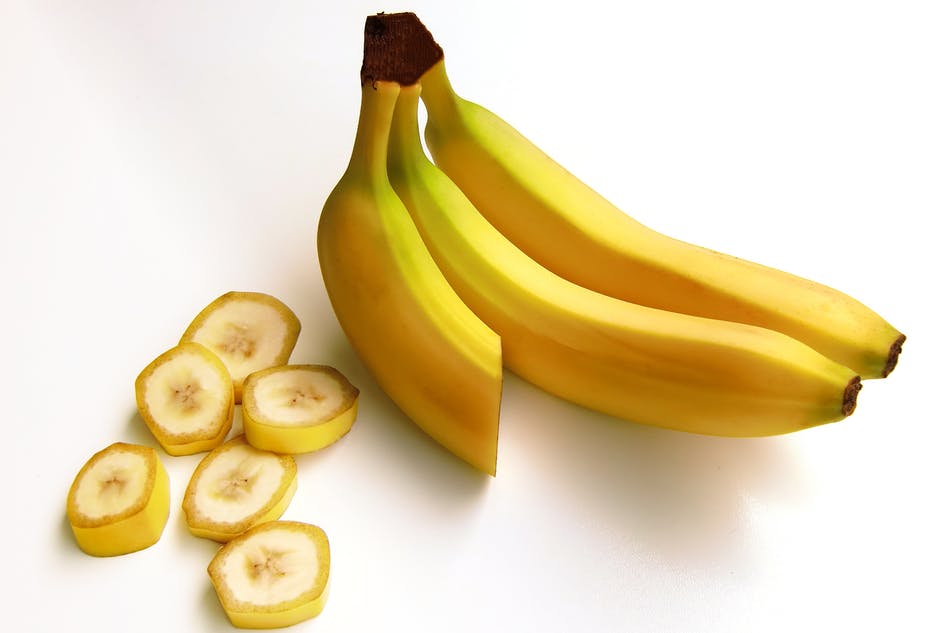
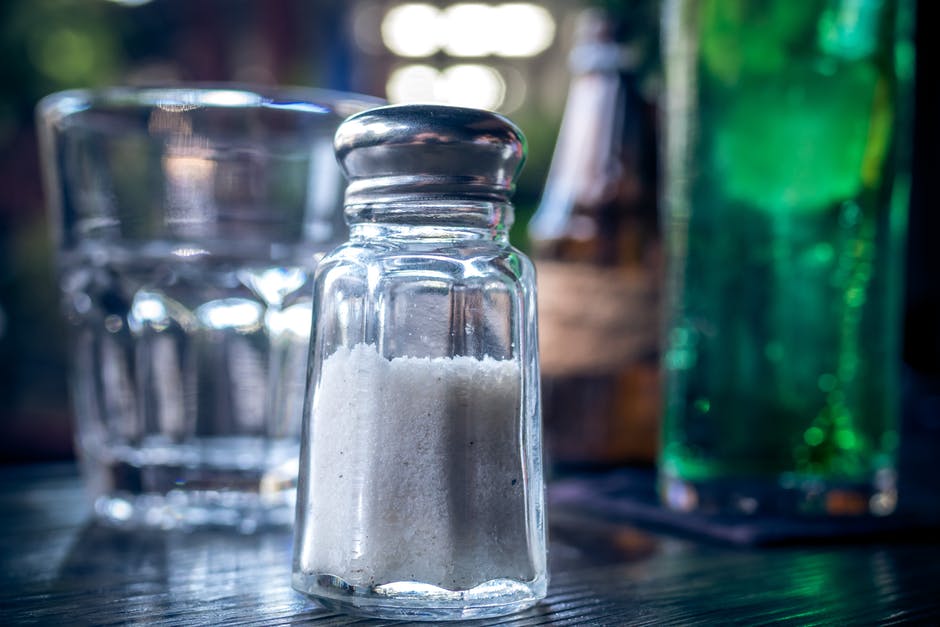
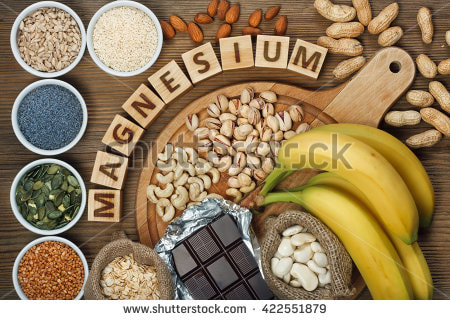
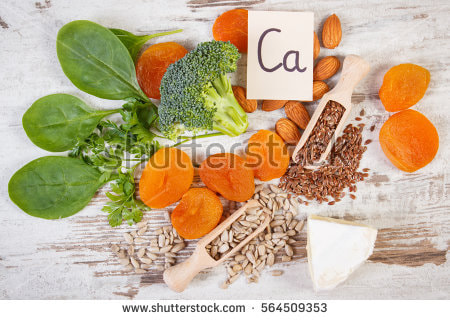
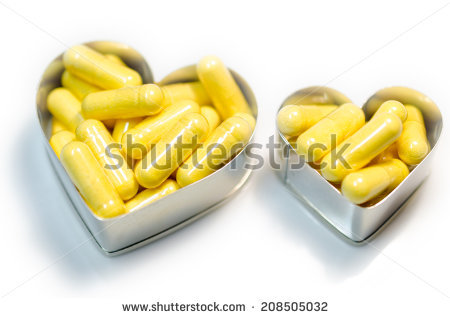

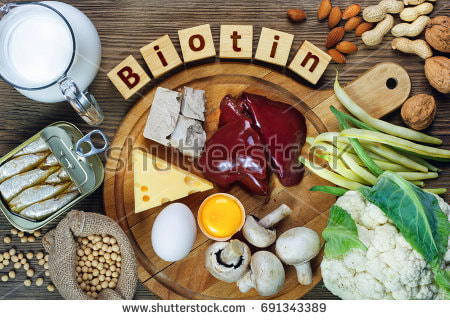
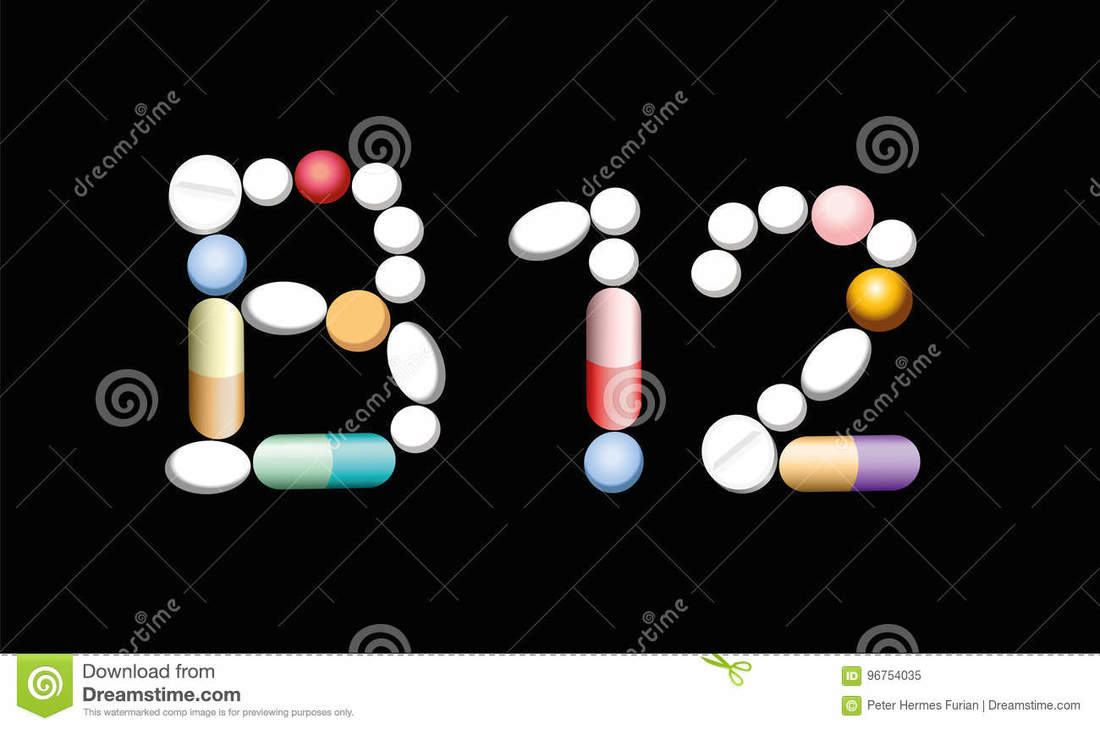
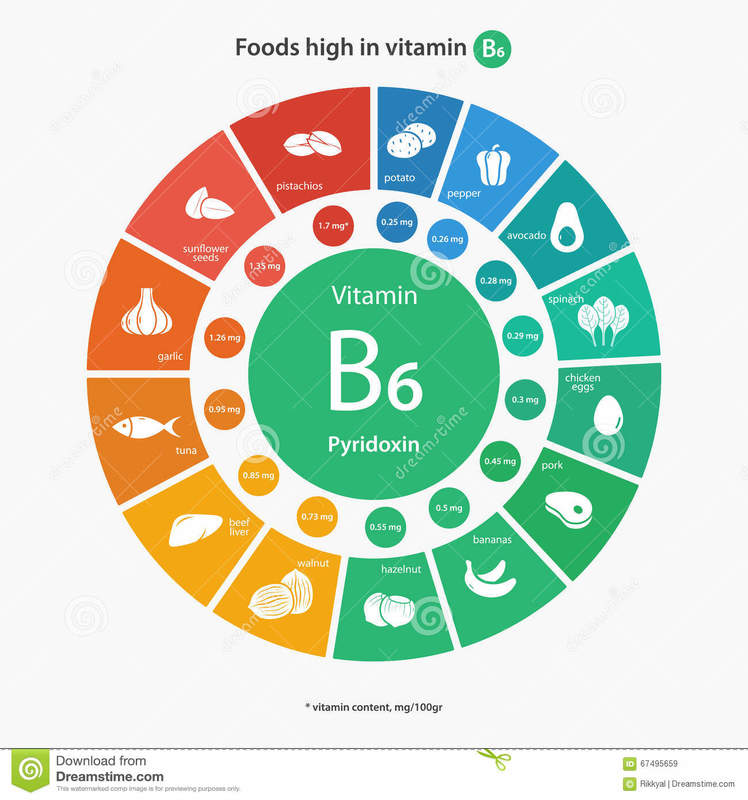

 RSS Feed
RSS Feed